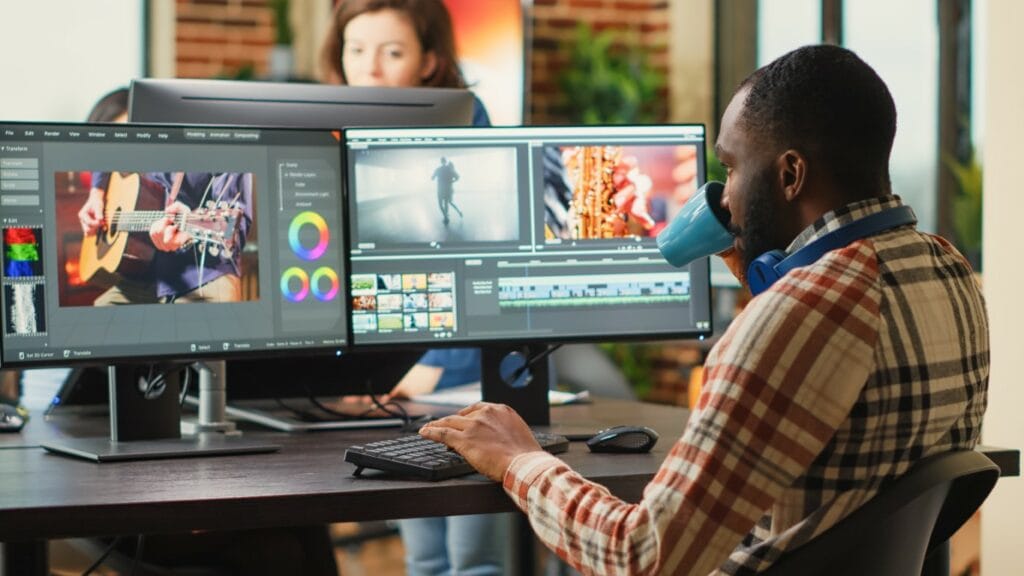
When creating videos for social media management, it’s important to understand that you can’t just take someone else’s video, make some changes, and post it as your own. This is because videos, like other creative works (such as music, writing, and art), are protected by copyright laws.
Imagine if you spent a lot of time and effort making something special—like a painting or a cool piece of music. You’d want to make sure no one else could just take it, change a few things, and call it their own, right? The same goes for videos.
If you use someone else’s video without permission, you could get into legal trouble, and social media platforms might remove your post or even block your account. It’s always better to create your own original content or get permission from the person who made the video if you want to use it.
To create genuine videos for social media, there are two easy and legal ways you can go about it: buying stock footage or recording videos yourself. Let me explain both in simple terms:
Buying Stock Footage:
Stock footage is like a collection of ready-made video clips that you can legally buy or download to use in your own projects. You can think of it like buying ingredients to cook a meal instead of growing them yourself. These videos are made by professionals and can cover a variety of topics (like nature, cities, people, or business scenes). You just pay for the right to use these clips, and you can edit them to fit your needs. It’s legal and saves you time.
Where to get stock footage:
Recording Videos Yourself:
This is the most authentic way to create videos because everything comes from you. You just use your smartphone or camera to record whatever content you need. You can film yourself talking, showing your product, or demonstrating something in your life or business. After recording, you can edit the video by trimming parts, adding music, or inserting text to make it more engaging.
Benefits of recording yourself:
In short, creating genuine videos can be done either by buying stock footage (if you want quick, professional content) or by recording yourself (if you want something personal and original). Both options are legal, and it’s a great way to stand out on social media without copying anyone else’s work!